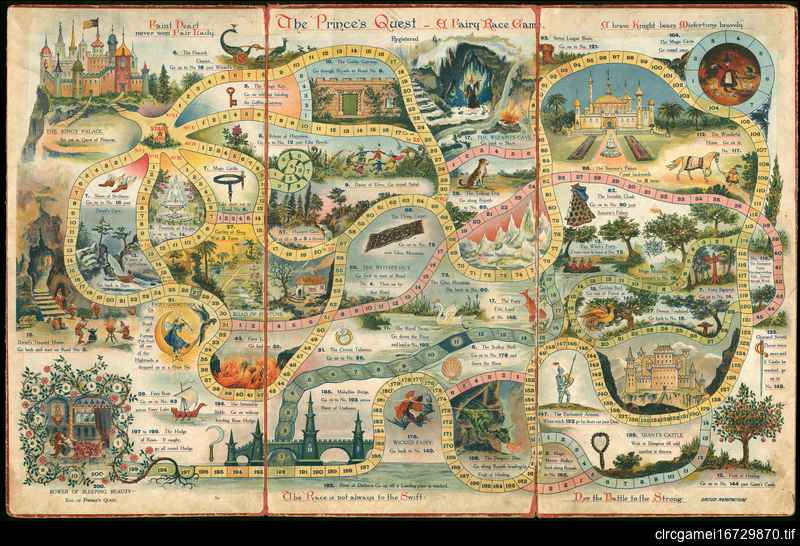There were some long-overdue updates in the latest 4e errata. Here are my two favorites:
Daggermaster’s Action
Page 127: Replace the class feature with the following text: “When you use a rogue or a daggermaster attack power with a dagger, the power can score a critical hit on a roll of 18–20.” This change updates the feature to reflect the original intent.
I’ve definitely been guilty of exploiting the non-rogue daggermaster loophole (critical hits for all!!). It’s really fun to get crits, and so Daggermaster is a tempting option with a lot of classes and builds. I never sunk quite low enough to play the daggermaster sorcerer, but my daggermaster monk, Bolo, will miss critting on an 18-20 with his burst 1 at-will attack. At level 11 he crit every few turns, and he did something like 9d10 bonus damage. This takes a long time to roll if you don’t have extra d10s from your history of White Wolf gaming. Bolo was the second-most annoying character I ever played, after my 3.5 factotum who made a trip attack and a followup melee attack on every. single. turn.
The reduction in scope of Daggermaster will mean that when picking a paragon path, I no longer have to feel like either a rules-exploiting villain or a non-optimized fool.
Aid Another: The creature makes a skill check or an ability check with a DC equal to 10 + one-half the creature’s level.
The 10 DC For Aid Another was inexplicable. It was a weird holdover from 3e, and I have no idea how it survived this long. A 10 DC meant that it was reasonably challenging for unskilled level 1 characters; grew less fearsome as they got to around level 3; and by Paragon level, was basically unfailable. I’m all for different tiers feeling different, but I don’t think “occasional failure to help with a difficult task” needs to be a defining quality of low-level play.
I also note with pleasure that the DC of the check is 10 + 1/2 level, which is the pattern that I’ve been using for all skill checks, instead of the crazy, unlearnable, errata’ed chart. I don’t use a DM screen, and I need reasonable DCs I can calculate in my head whenever players try a skill, which is often. I’m actually hoping for an errata to the errata that will use 10, 15, 20 + 1/2 level for all skills DCs.
Also, there is now a -1 penalty for failing the Aid Another check! This was the other thing Aid Another needed to make it a non-bogus rule. 4e seems to be evolving into my houseruled version of 4e.
(Actually, I do use a DM screen: a first-edition screen our game host has had since childhood. So I’m set in case I need to know an assassination success percentage.)









